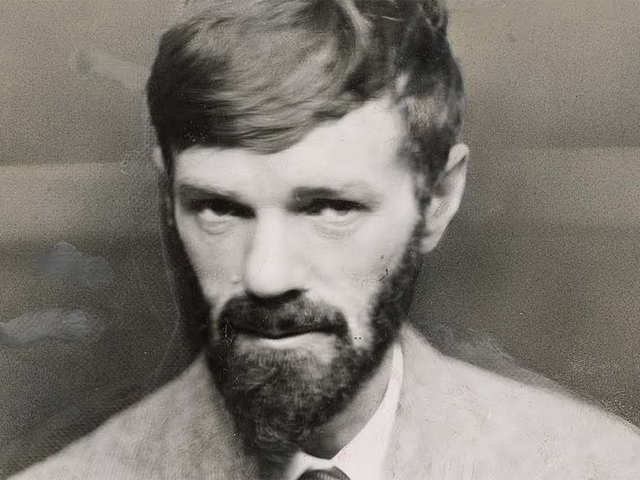
“That plotting part of me – another of the many names my will goes by – now stood directly counter to what L had summoned or awakened within me … the possibility of dissolution of identity itself.” They remain frustratingly distant, yet are sometimes flooded by closeness so frightening that it nearly costs the narrator her marriage to Tony (the name of Dodge’s husband), and results in the kind of stripping down of selfhood that Cusk described in the Outline trilogy. She admires his work and wants proximity (and the book is set in lockdown). In Cusk’s novel, a painter called L is summoned to stay with a female writer called M in a house in the Norfolk marshes. But he vilified her in life and fiction as a wilful woman. Lawrence put considerable effort into Dodge’s moral and sartorial improvement (persuading her to dress like his mother). Her memoir records all that she and Lawrence put each other through. Dodge – a New York socialite before she settled there with a Native American husband – invited Lawrence to stay, hoping he’d describe the area in his work. Rachel Cusk’s Booker-longlisted novel, Second Place, takes as inspiration Mabel Dodge Luhan’s memoir about Lawrence’s time in New Mexico. Photograph: Allstar/Cinetext/United ArtistsĮmerging from lockdown, I found it peculiar to discover that three other women had also been locked away with him.

But the challenge is to accept that his ugliness has to be seen as part of his vision, even when he seems most innocent.įrom left: Oliver Reed, Glenda Jackson, Alan Bates, Jennie Linden and Eleanor Bron in the 1969 film adaptation of Women in Love. There are the best of his sex scenes – Ursula and Birkin kissing in Women in Love, unsure at first because they seem so far away from each other, and “it was like strange moths, very soft and silent, settling on her from the darkness of her soul” or the richest scenes in Lady Chatterley’s Lover. There is so much in Lawrence that still entices. And his characters are often too close, engrossed in each other or captivated by an idea of themselves they have got from another person and can’t escape from.

He invites it from readers – his prose claims almost excessive personal investment. Returning to these has felt claustrophobic during the months of our proximity, perhaps especially because intense closeness is a feature of Lawrence’s writing. I’ve read the essays where Lawrence condemns “cocksure women”, celebrates the phallus, propounds ideas of racial hierarchy, rails against democracy and urges us to hit our children. Since then, I’ve read the women – Simone de Beauvoir, Kate Millett – who have found him more dangerous.


 0 kommentar(er)
0 kommentar(er)
